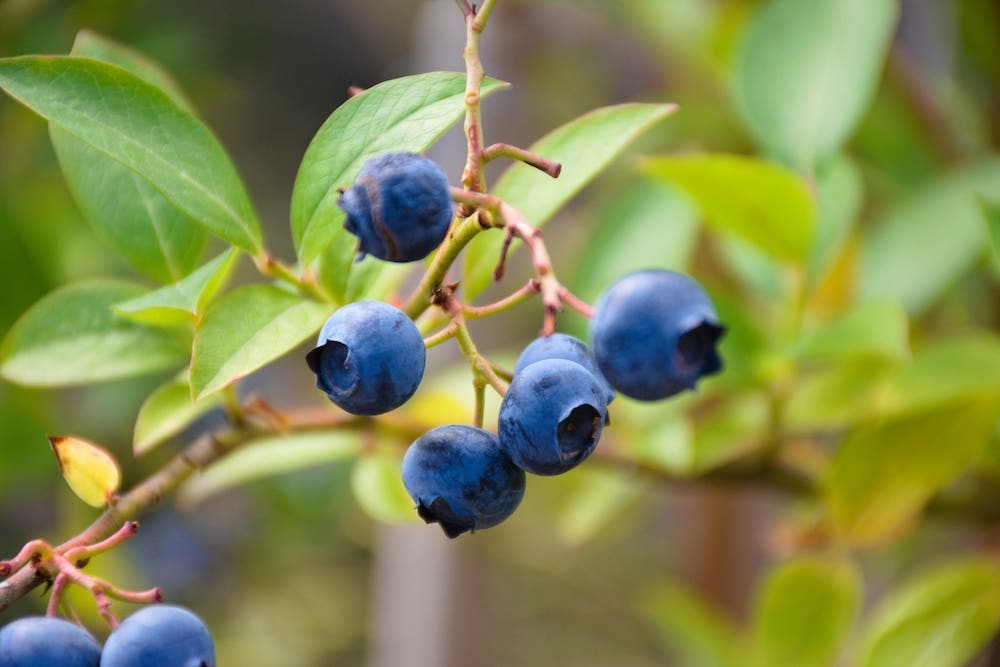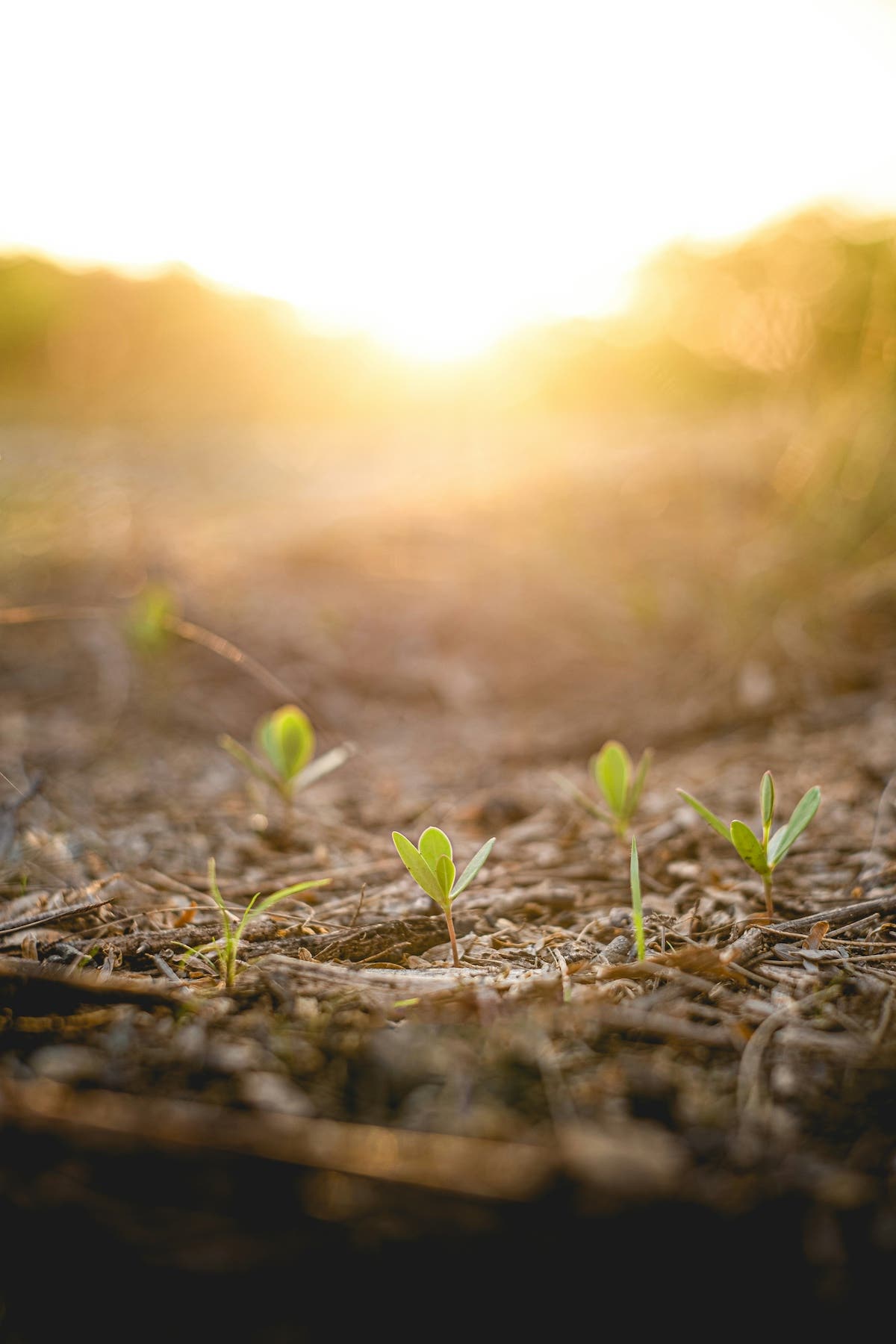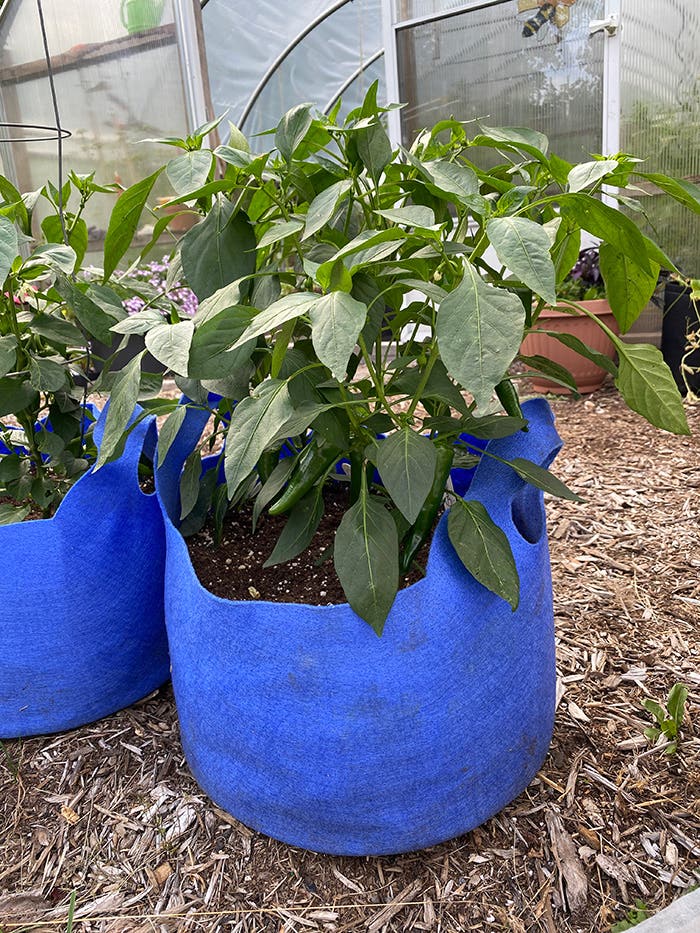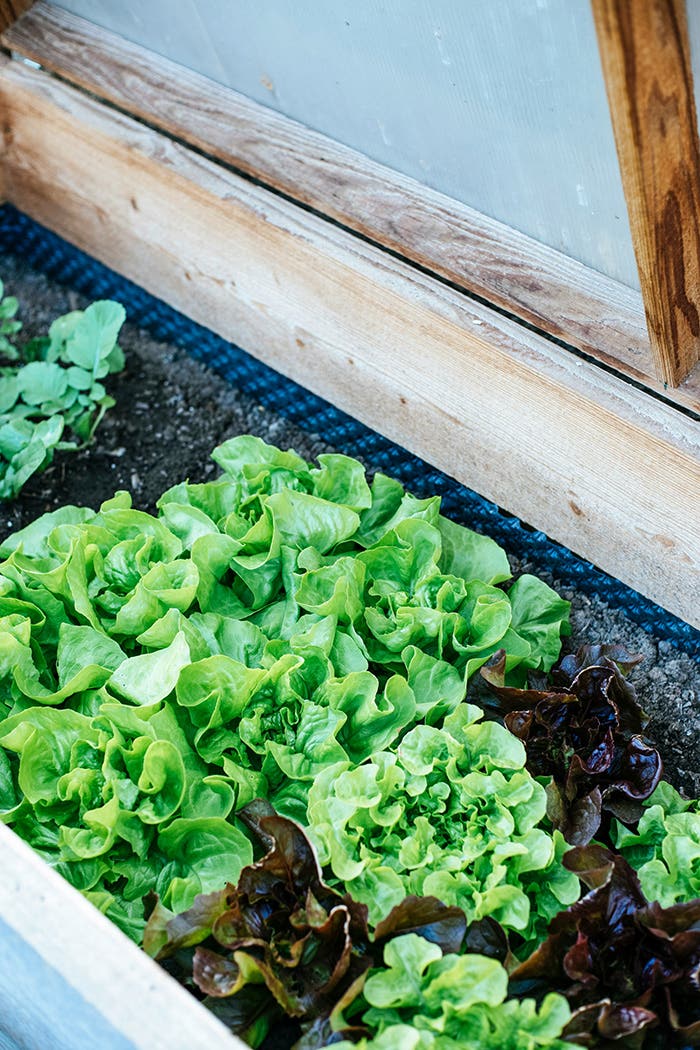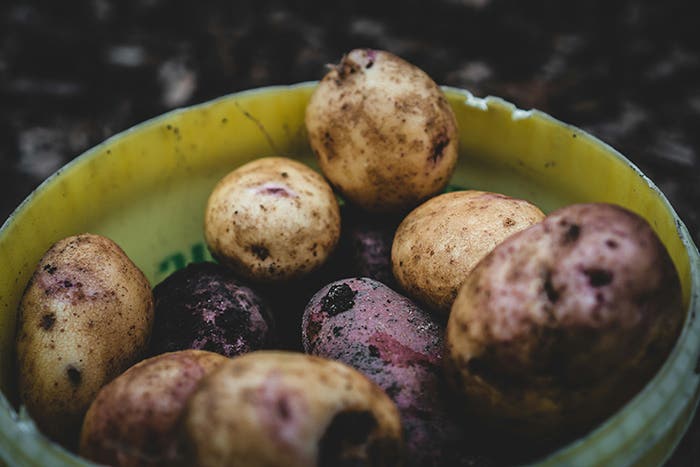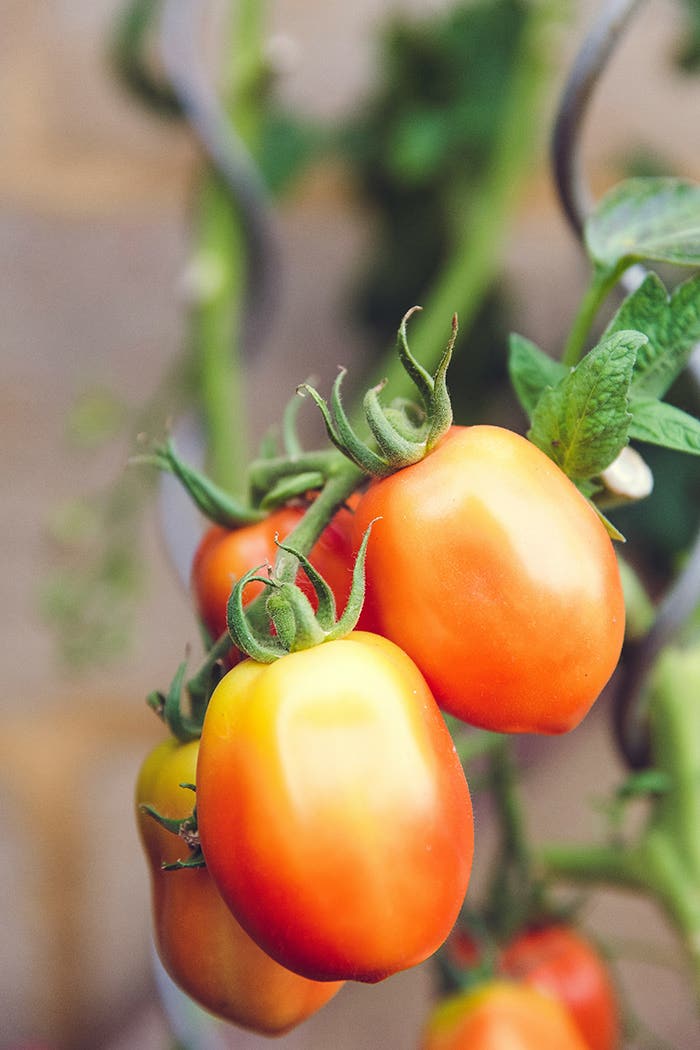Choosing Herbs to Grow in a Perennial Edible Garden
Pretty and useful options
Many herbs do quite well in the back-yard garden and make a fine addition to the perennial edible garden. Some can be aggressive, but these can be managed with soil barriers or containers. By taking a look at plant color and height, you can also add some delightful interest with herbs.
Here are a few good, hardy herbs to try in the edible garden or even among your ornamental perennial beds, with some tips I've learned in my own garden.
Oregano: 10 to 24 inches. White flowers and dark green leaves. I consider oregano, and its cousin sweet marjoram, to be rather aggressive in spreading by its roots and better grown in pots than in the ground.
Common sage: 15 to 30 inches. Silvery green leaves. Sage does not spread like oregano but it gets bushier each year. In my garden sage has a spot in the ground, though it would also grow well in a container.
Thyme: 6 to 12 inches. Evergreen with spiny leaves. German winter thyme is the hardiest; most other varieties are considered to be tender perennials and may not survive in colder climates. An exception to this is creeping thyme, which is grown as an aromatic groundcover and not necessarily something you would want to harvest for your kitchen. Thyme has not been aggressive in my garden.
Chives: 12 to 18 inches. Bright green, narrow, upright leaves. Chives have a light onion-like flavor; the purple blossoms make a wonderful flavored vinegar that is a light pink color and tastes great on fish. Chives are very apt to spread in my area so I keep it in a large pot and deadhead the flowers to prevent seeding.
Mints: Up to 3 feet and bigger; leaf color varies but the flowers are generally in shades of blue and purple. This is another extremely aggressive herb, spreading by seed and by vigorous roots that require it to be kept in a pot or circled with a deep soil barrier if grown in the ground.
Lovage: 4 to 6 feet. Tastes a lot like celery and smells like it, too.
Lavender: 1 to 2 feet; pretty purple flowers. Often thought of as an addition to soaps or potpourris rather than an herb, lavender is delightful in the kitchen as well. Lemon-lavender cookies, anyone?


